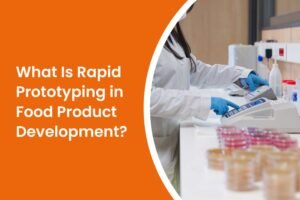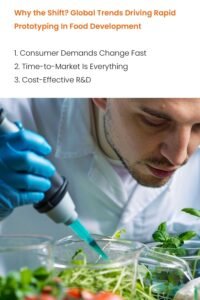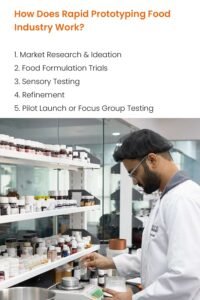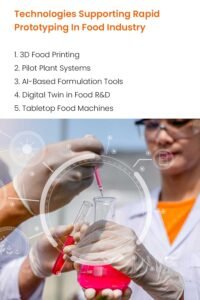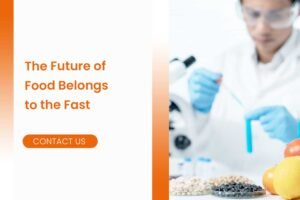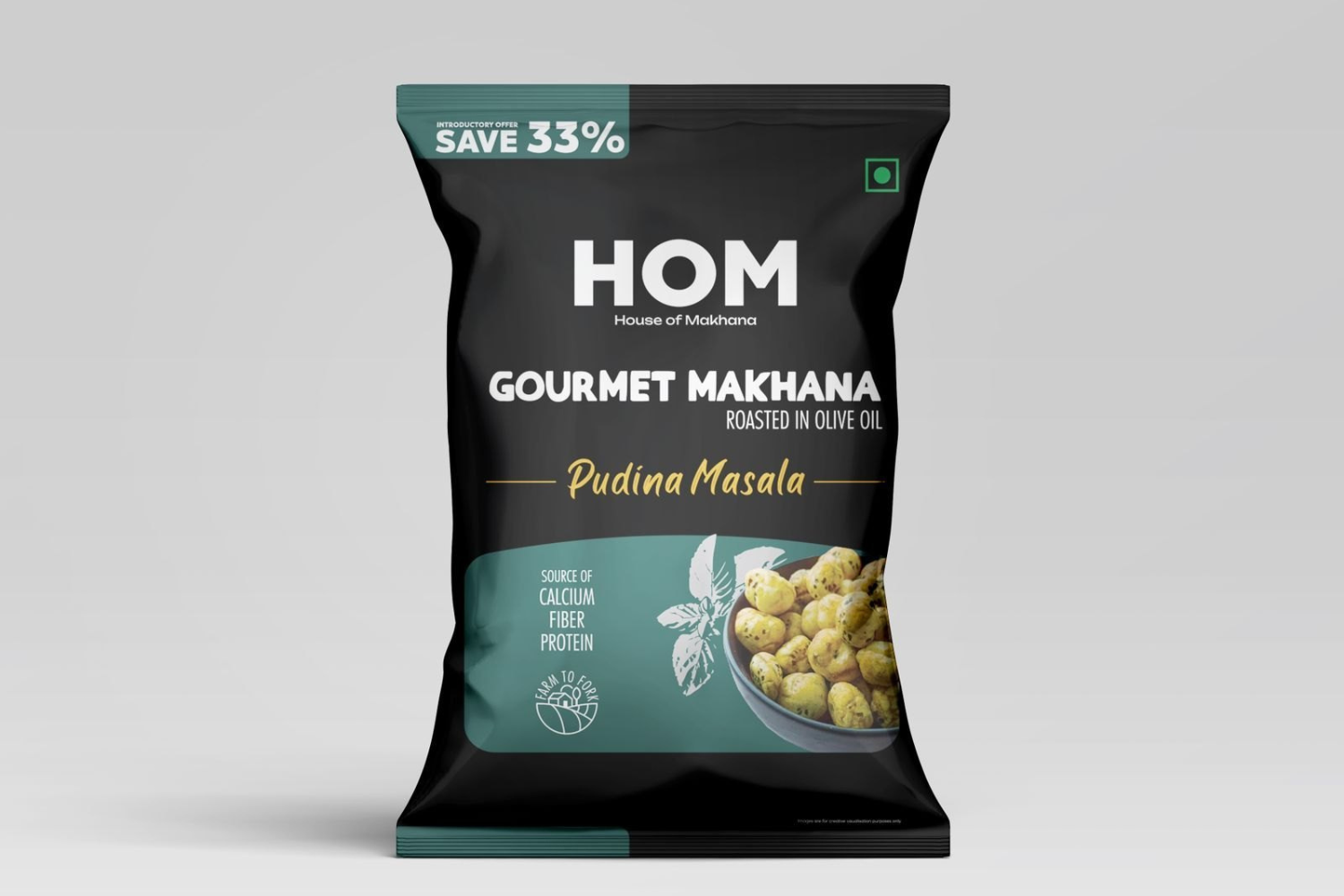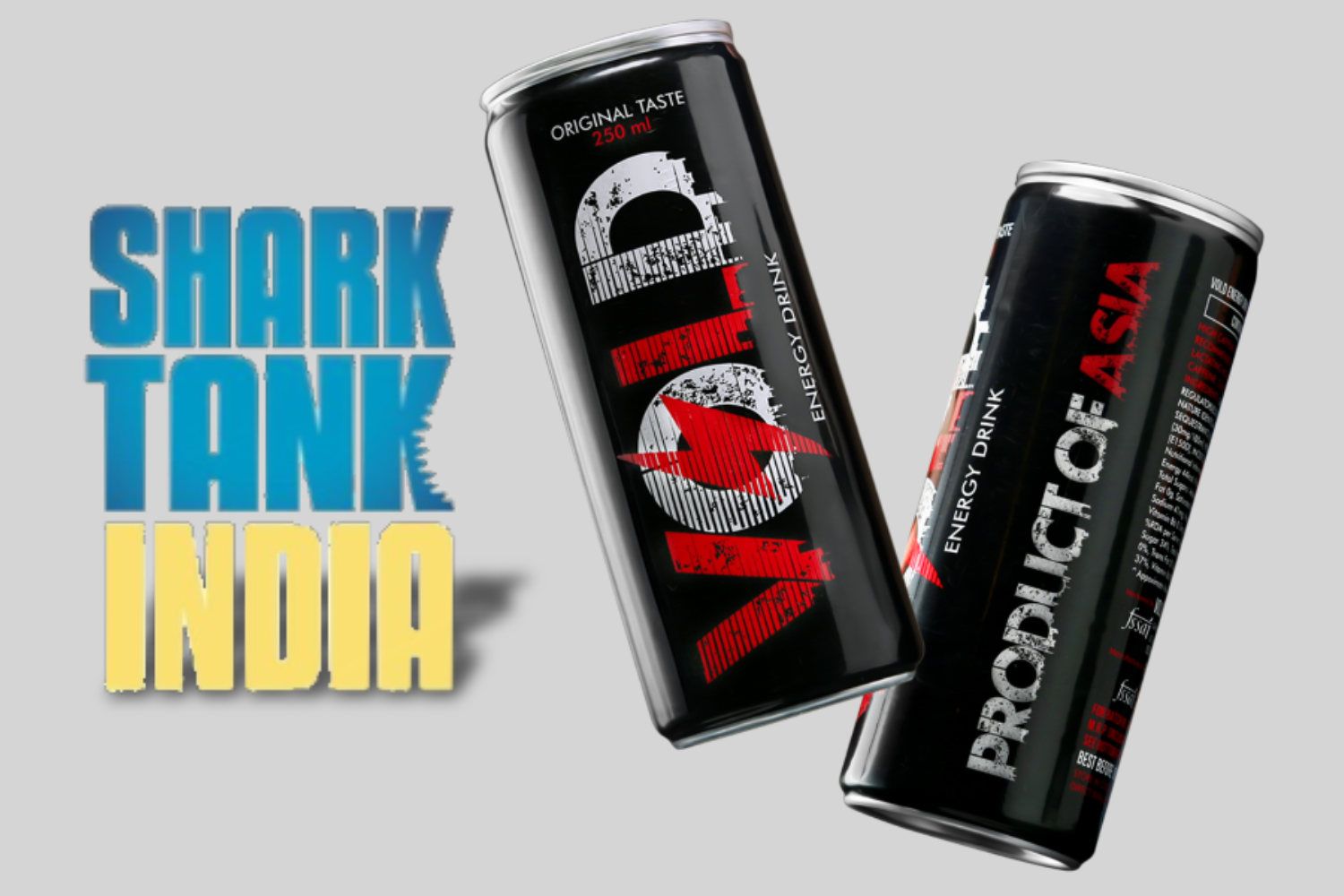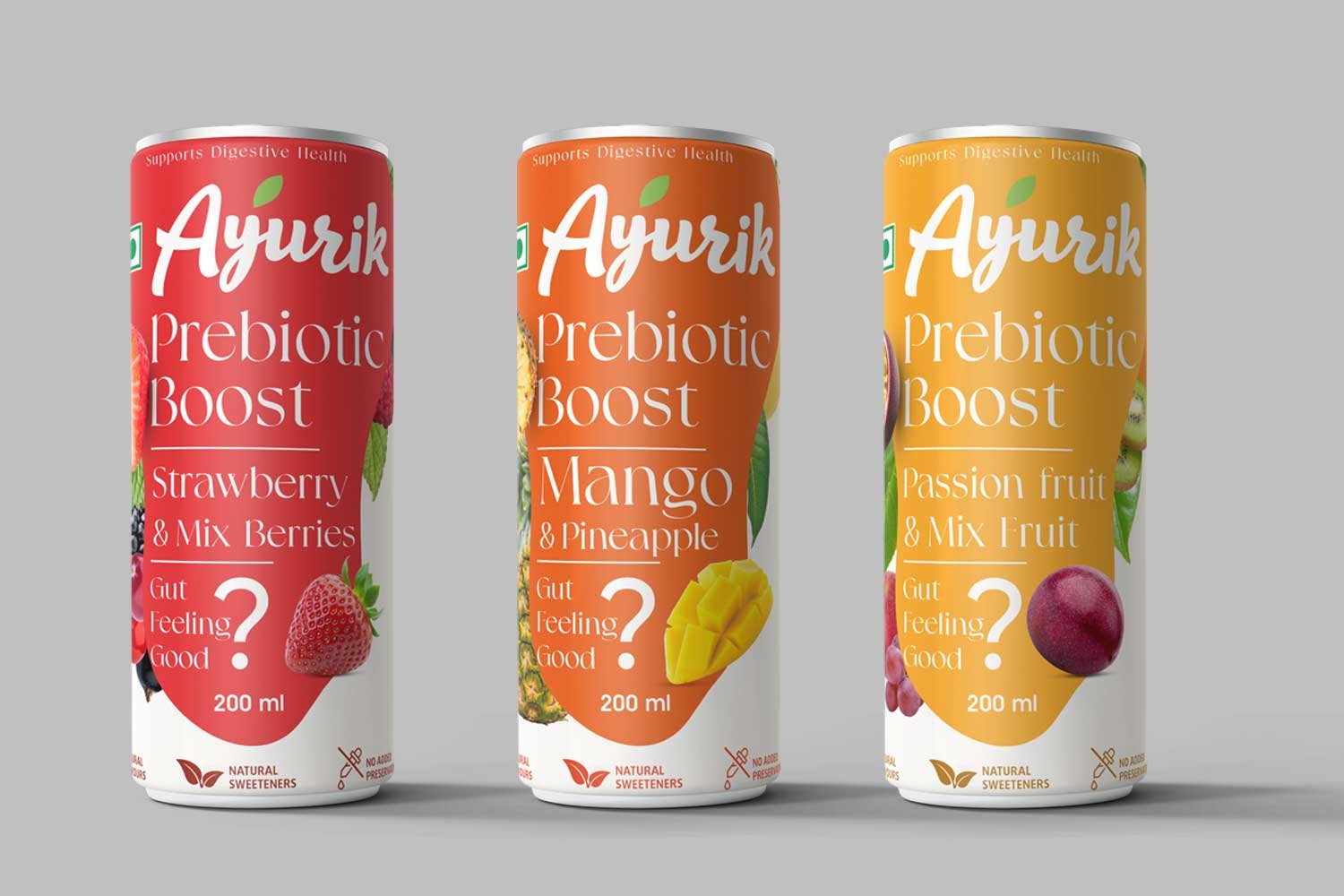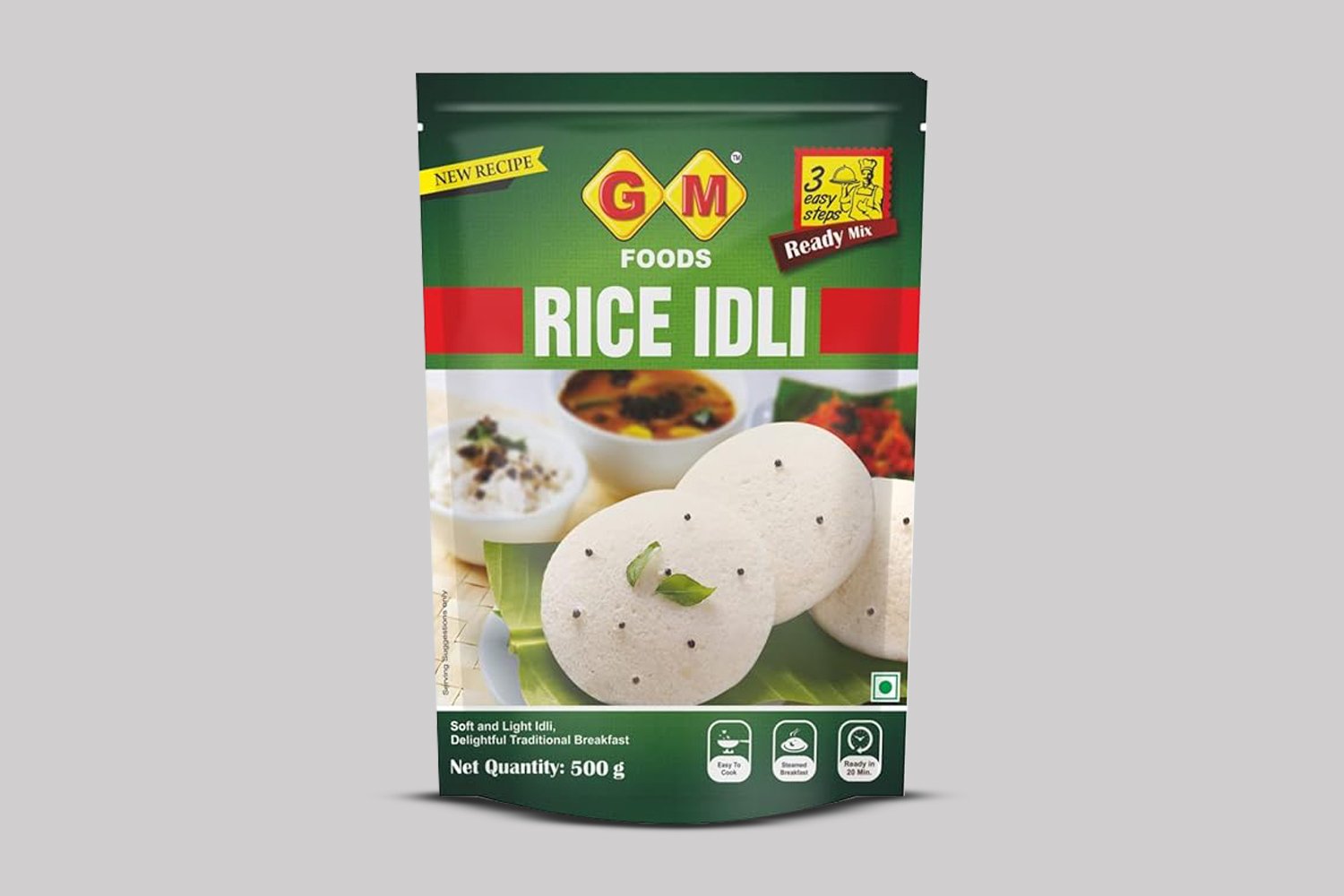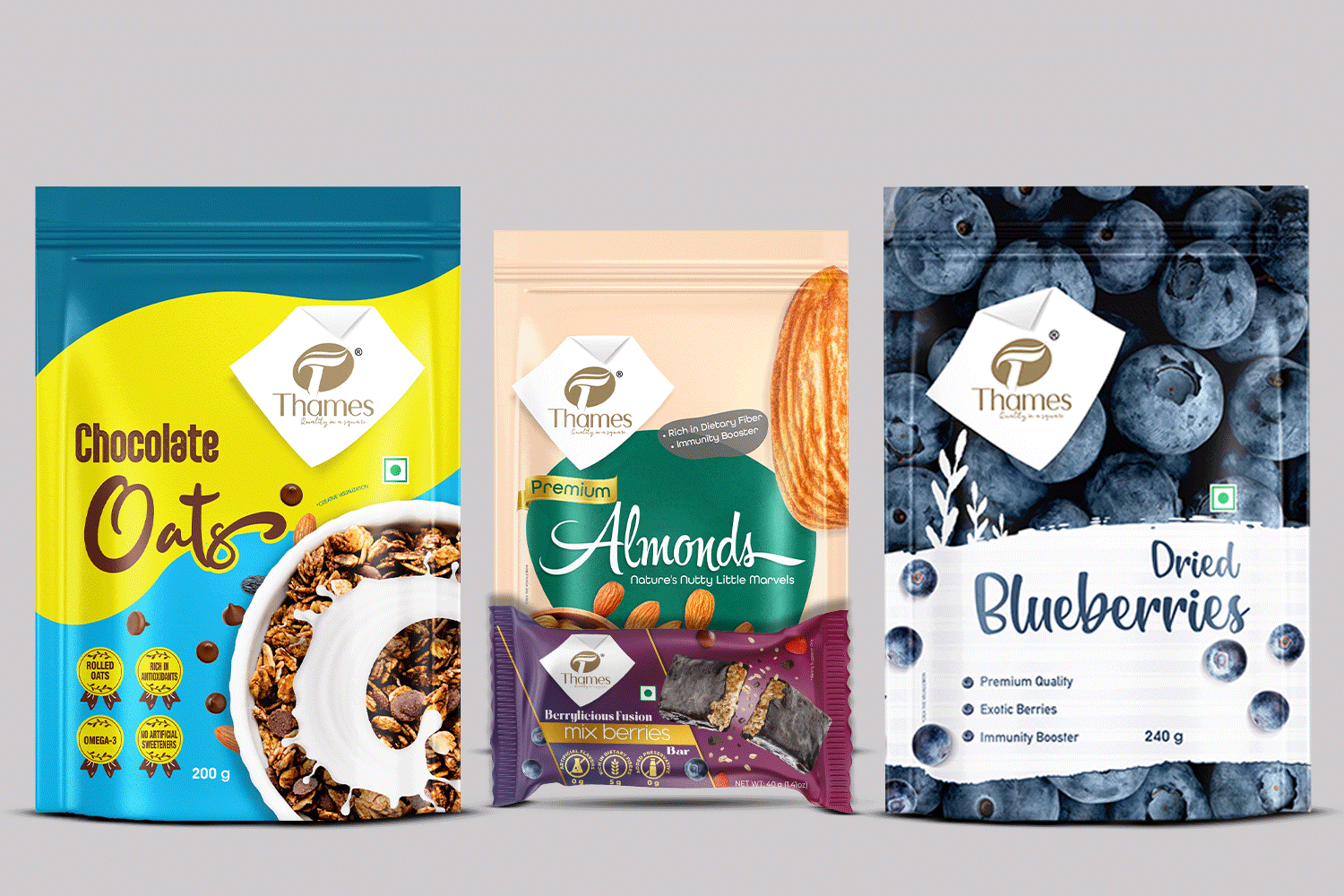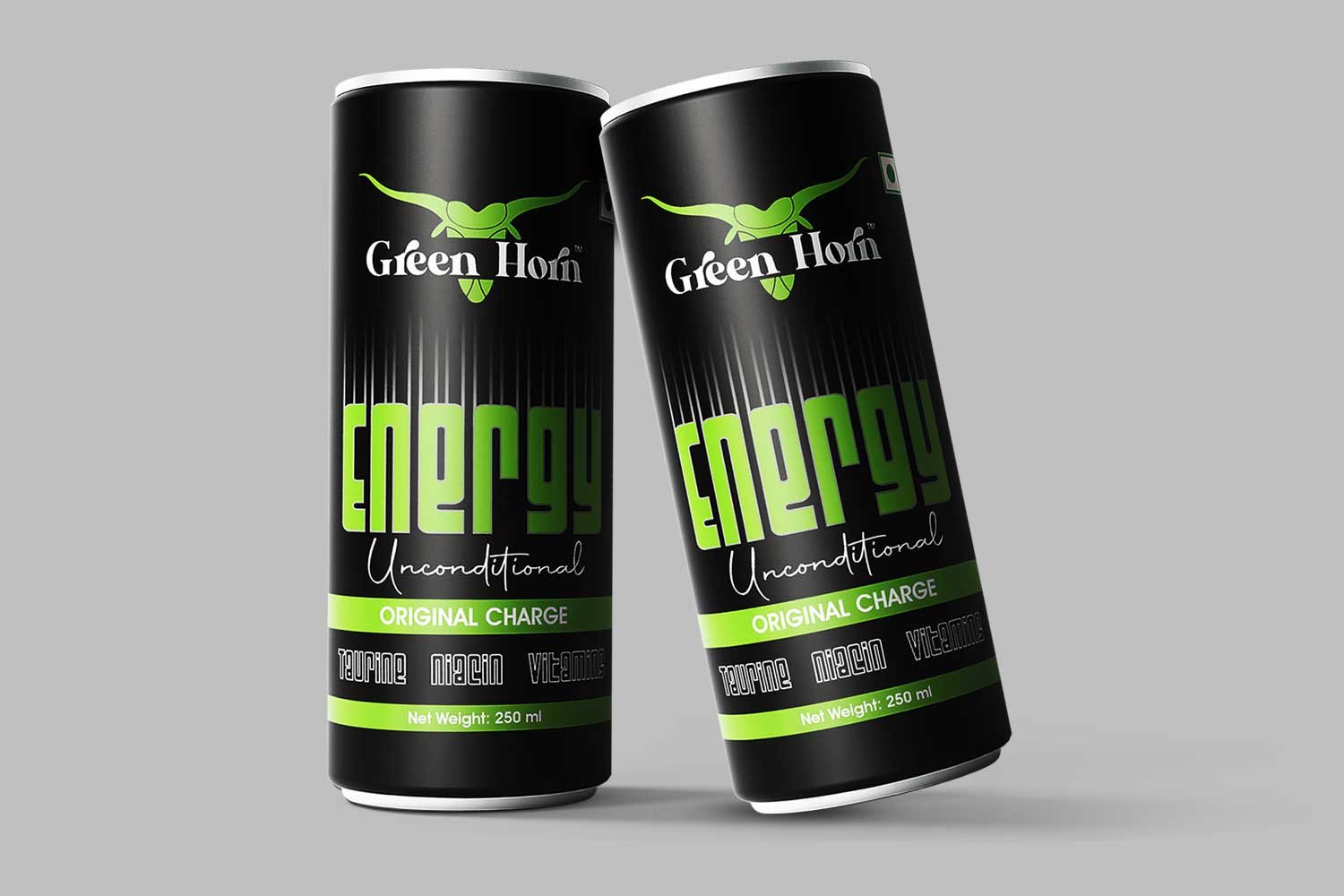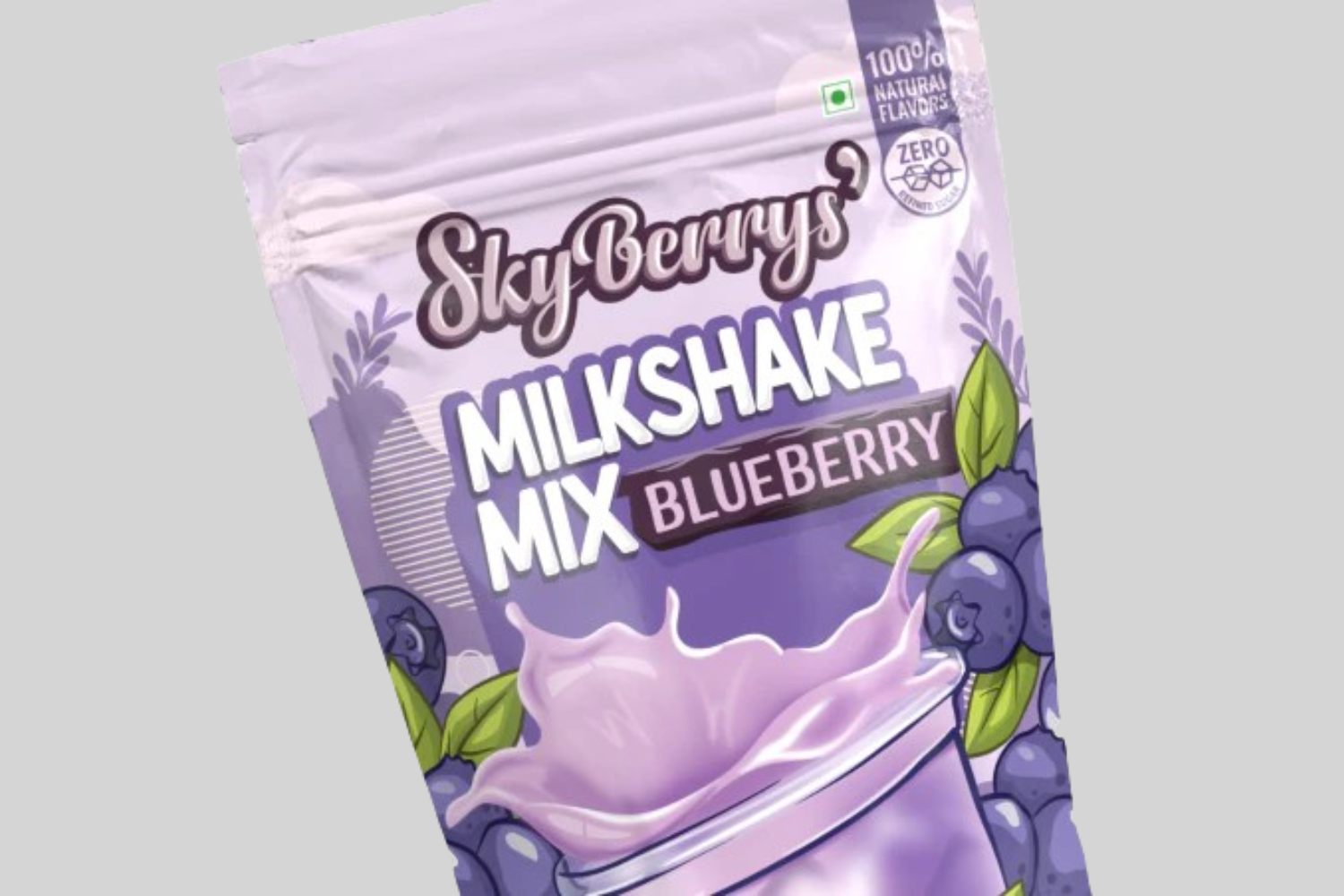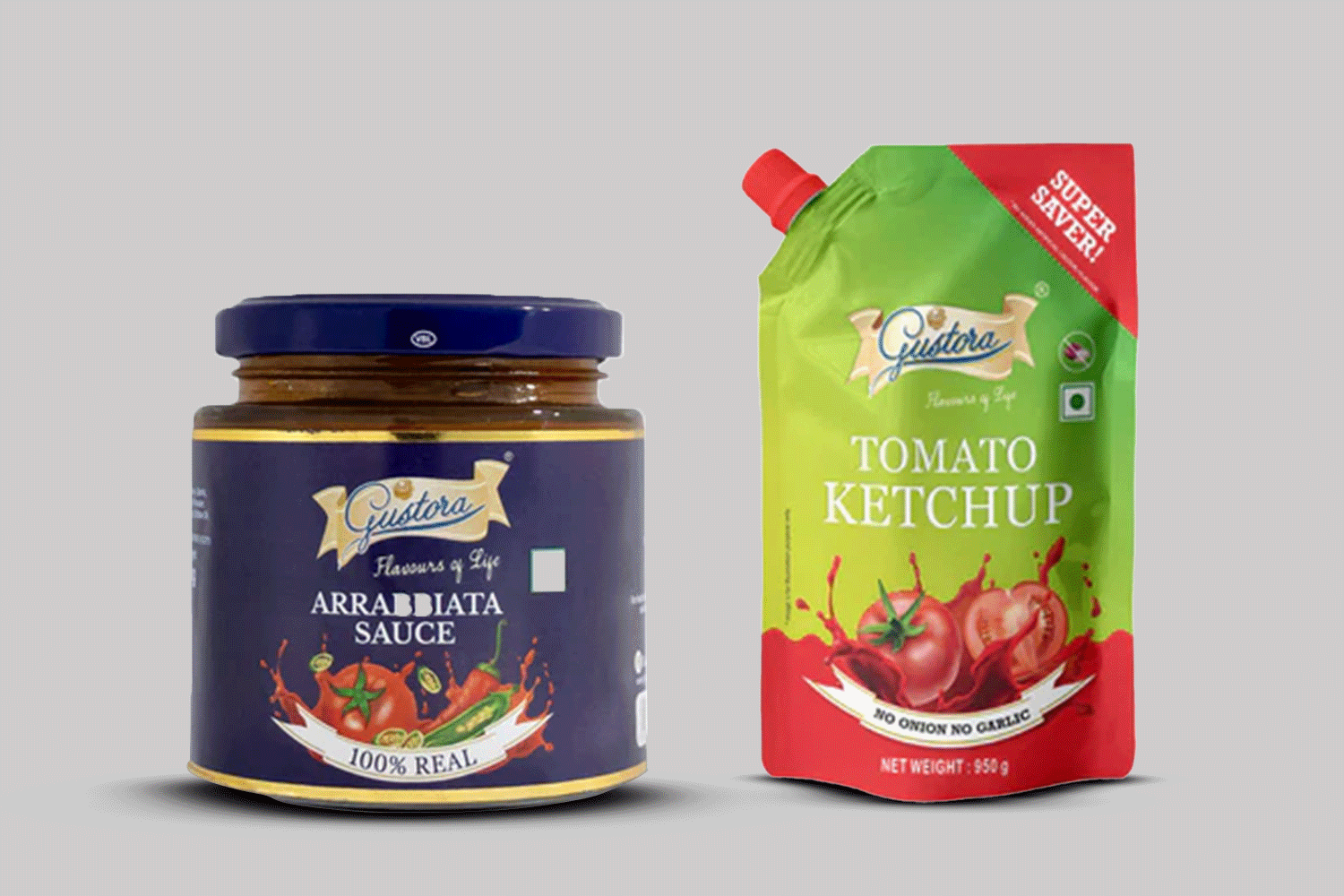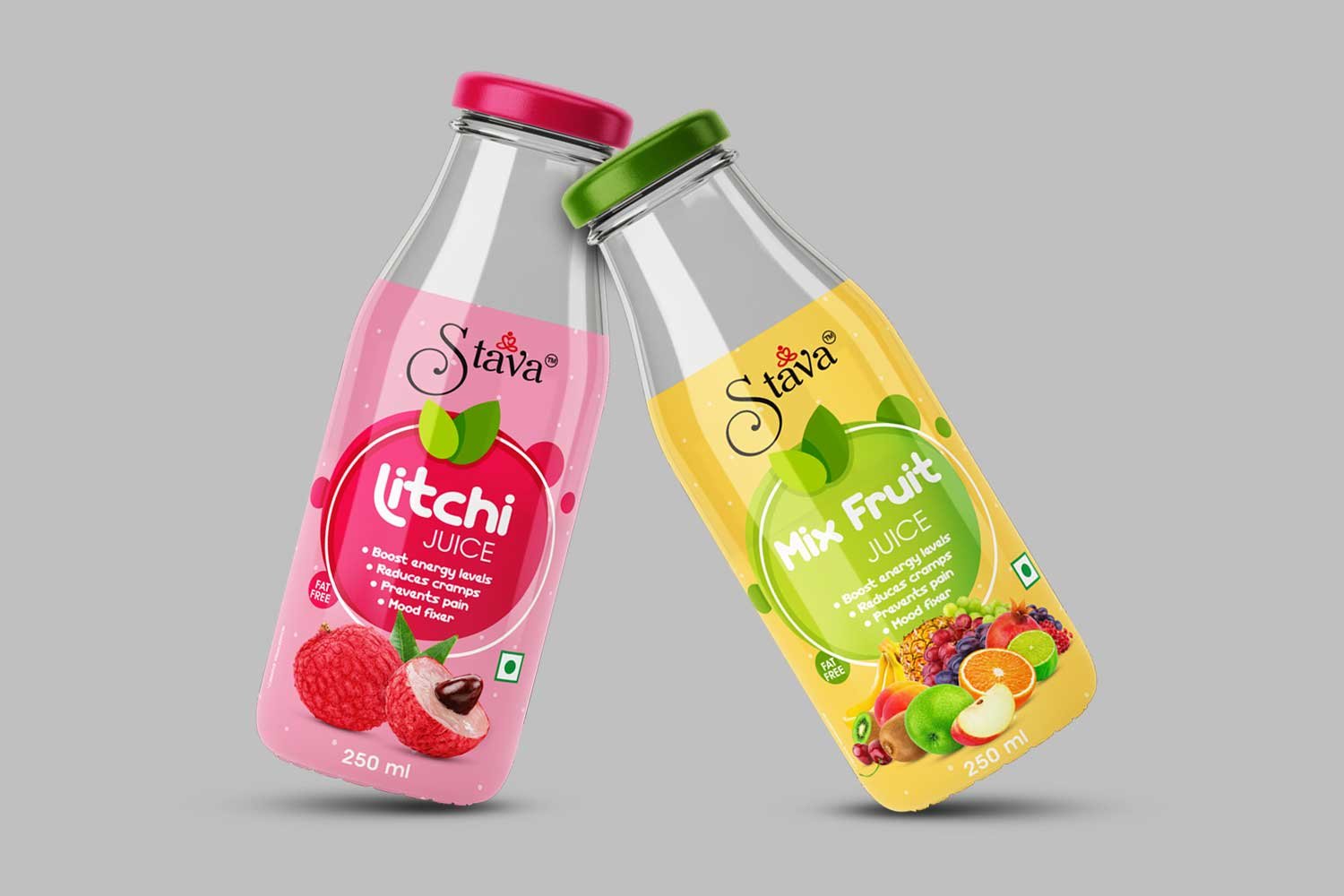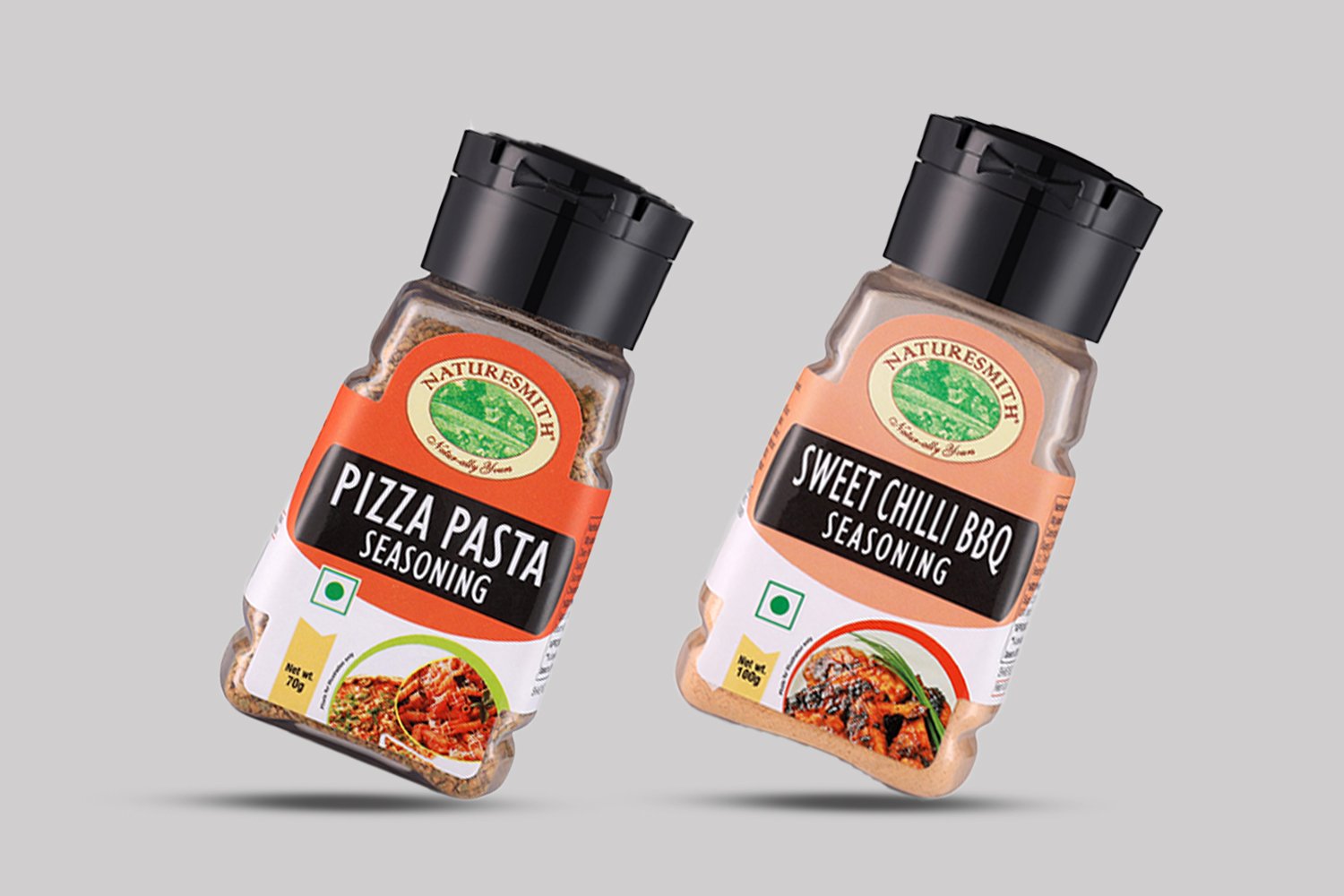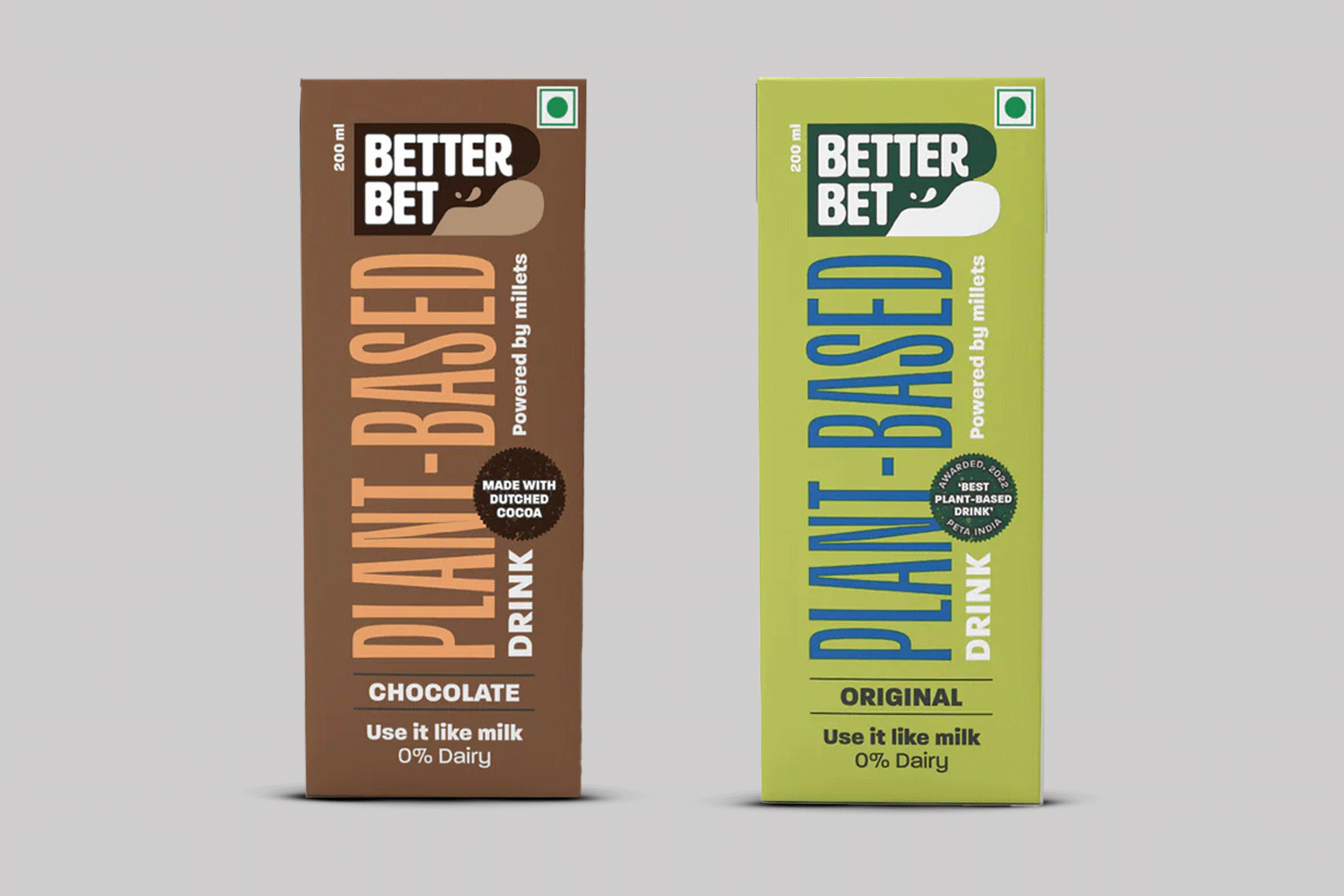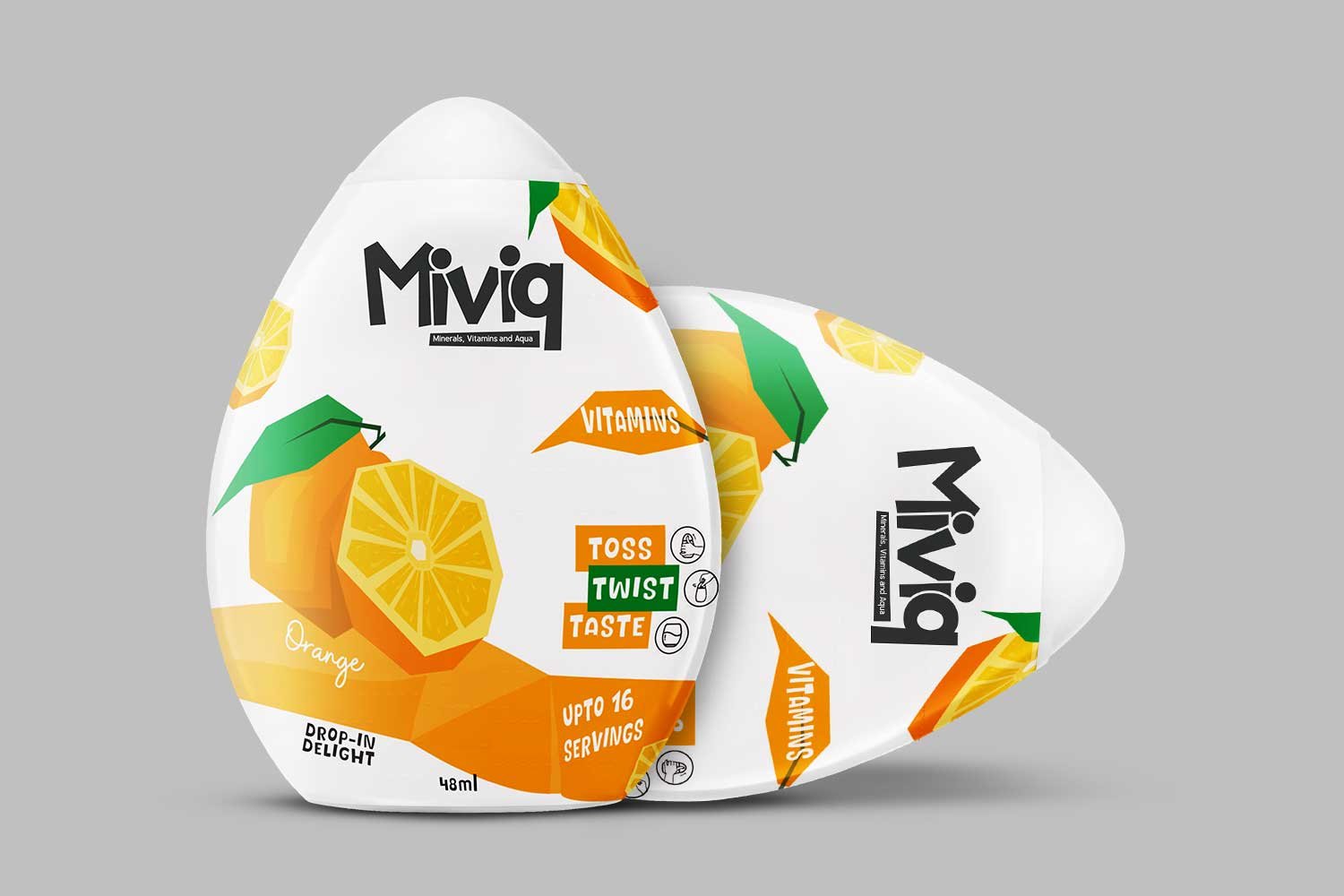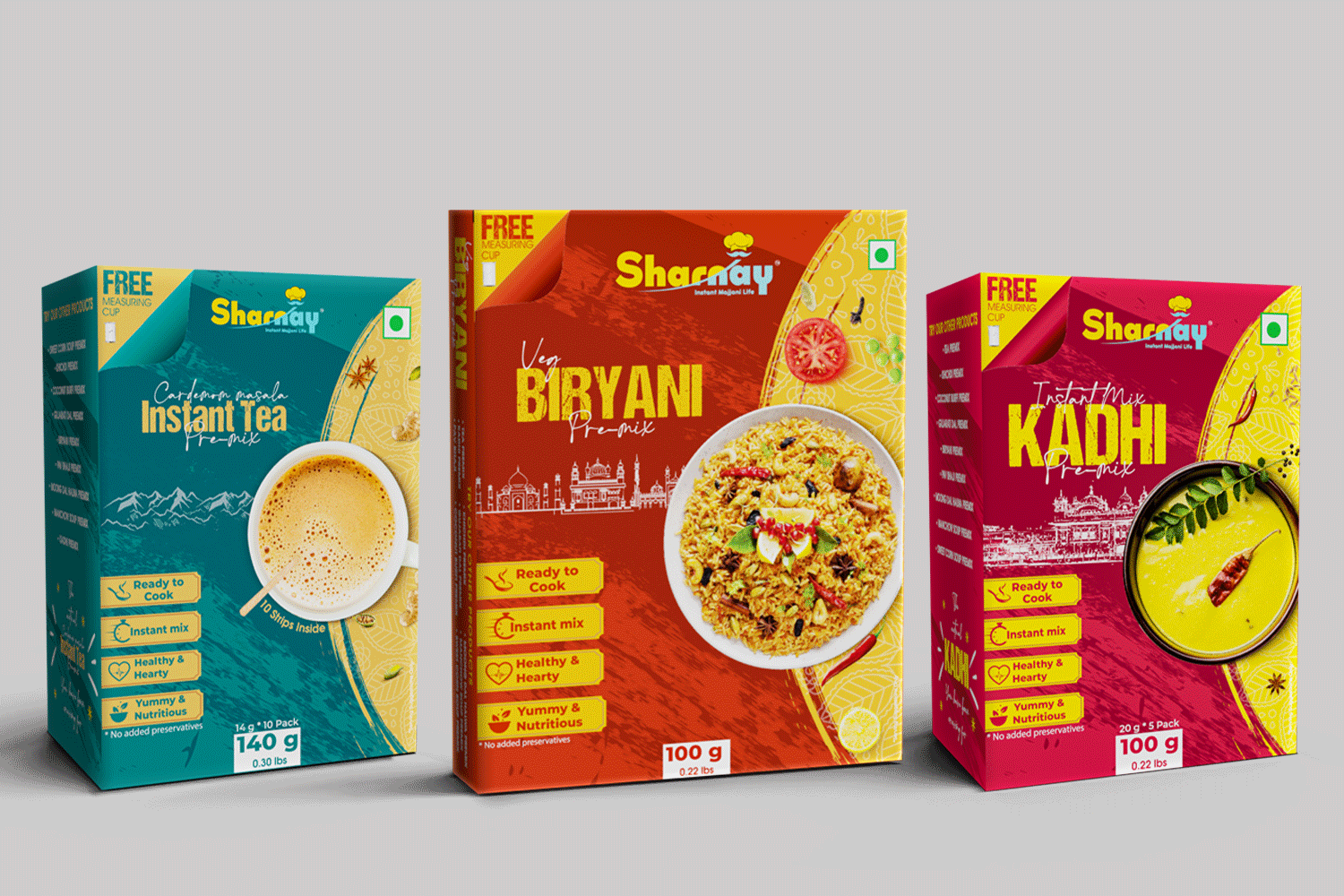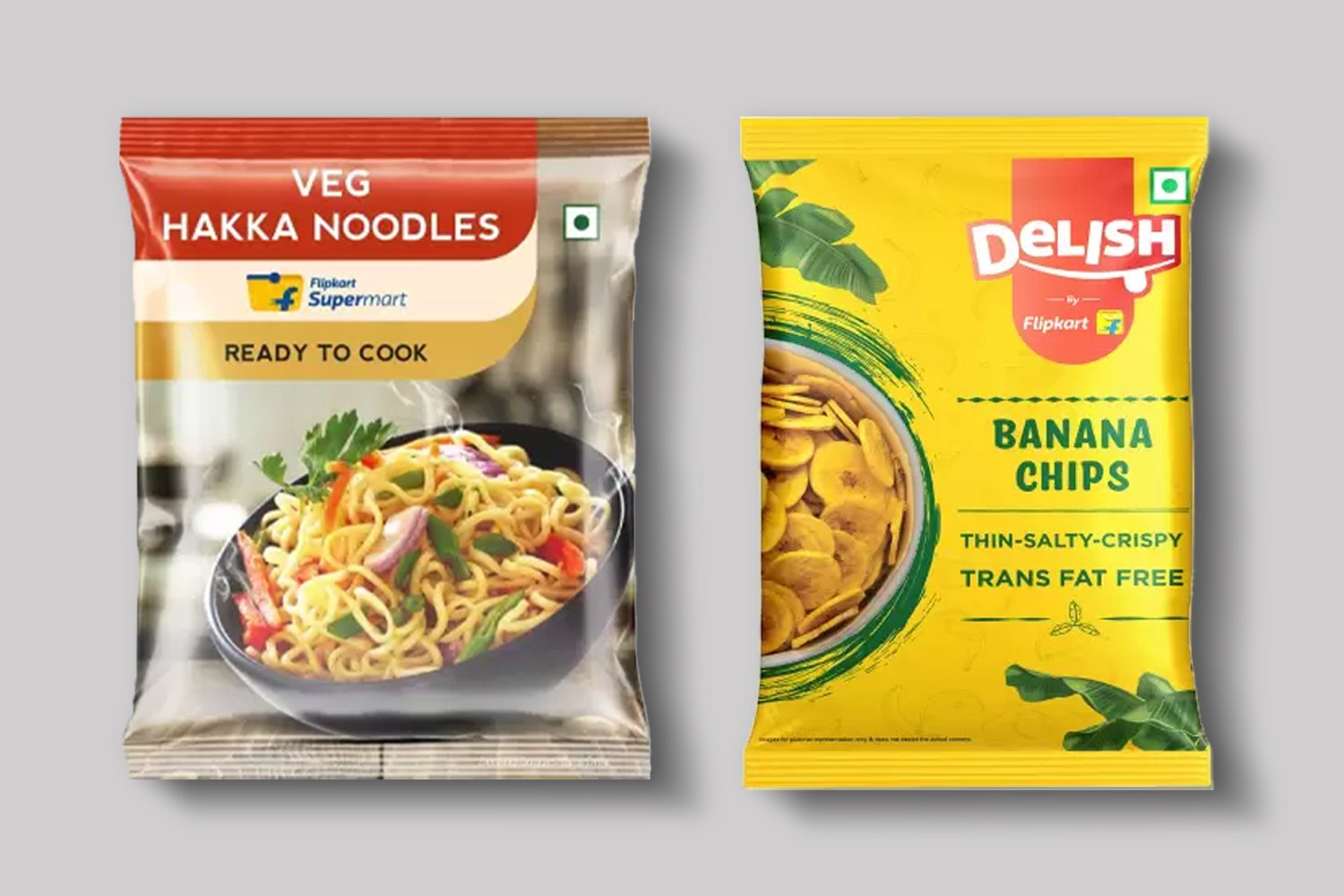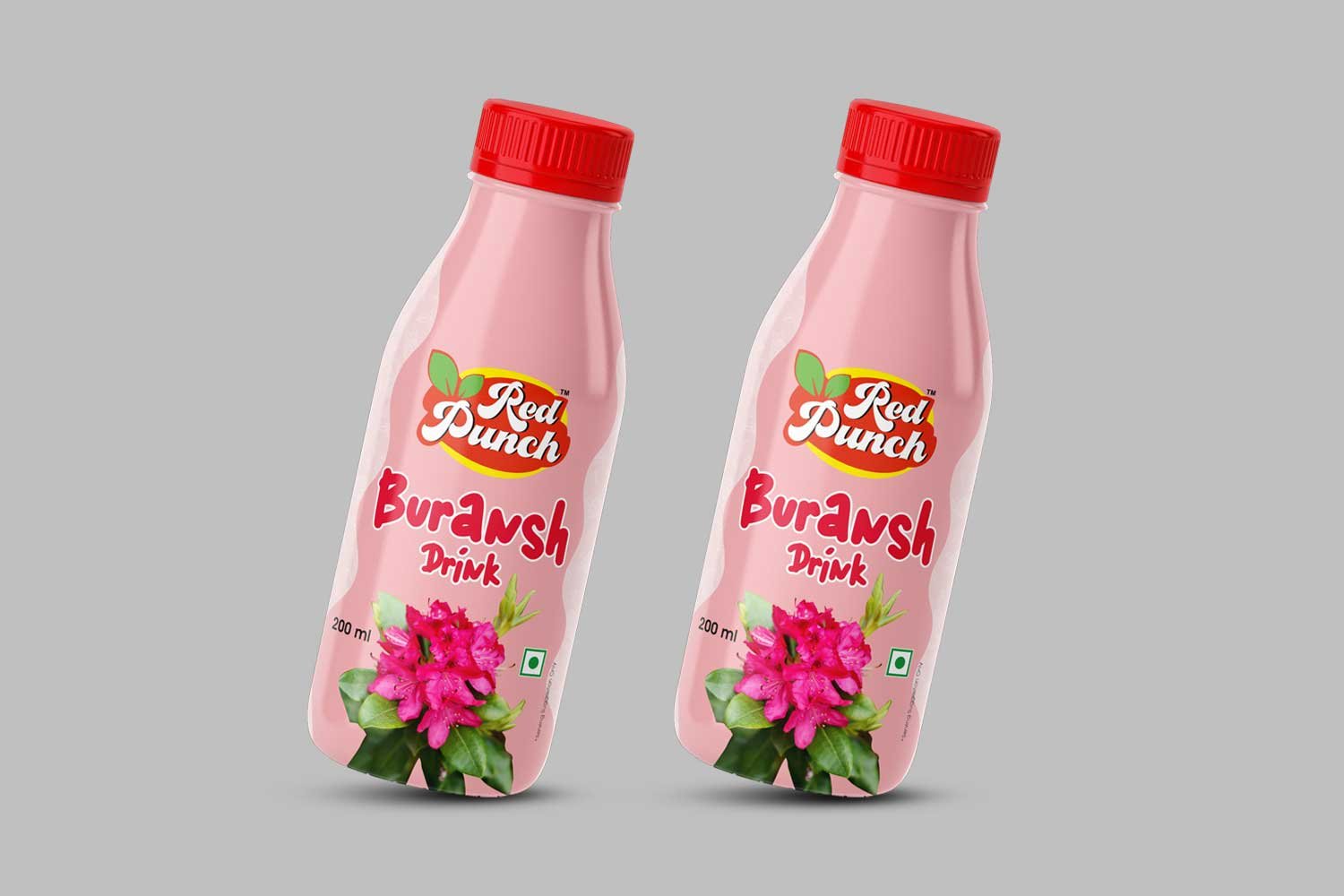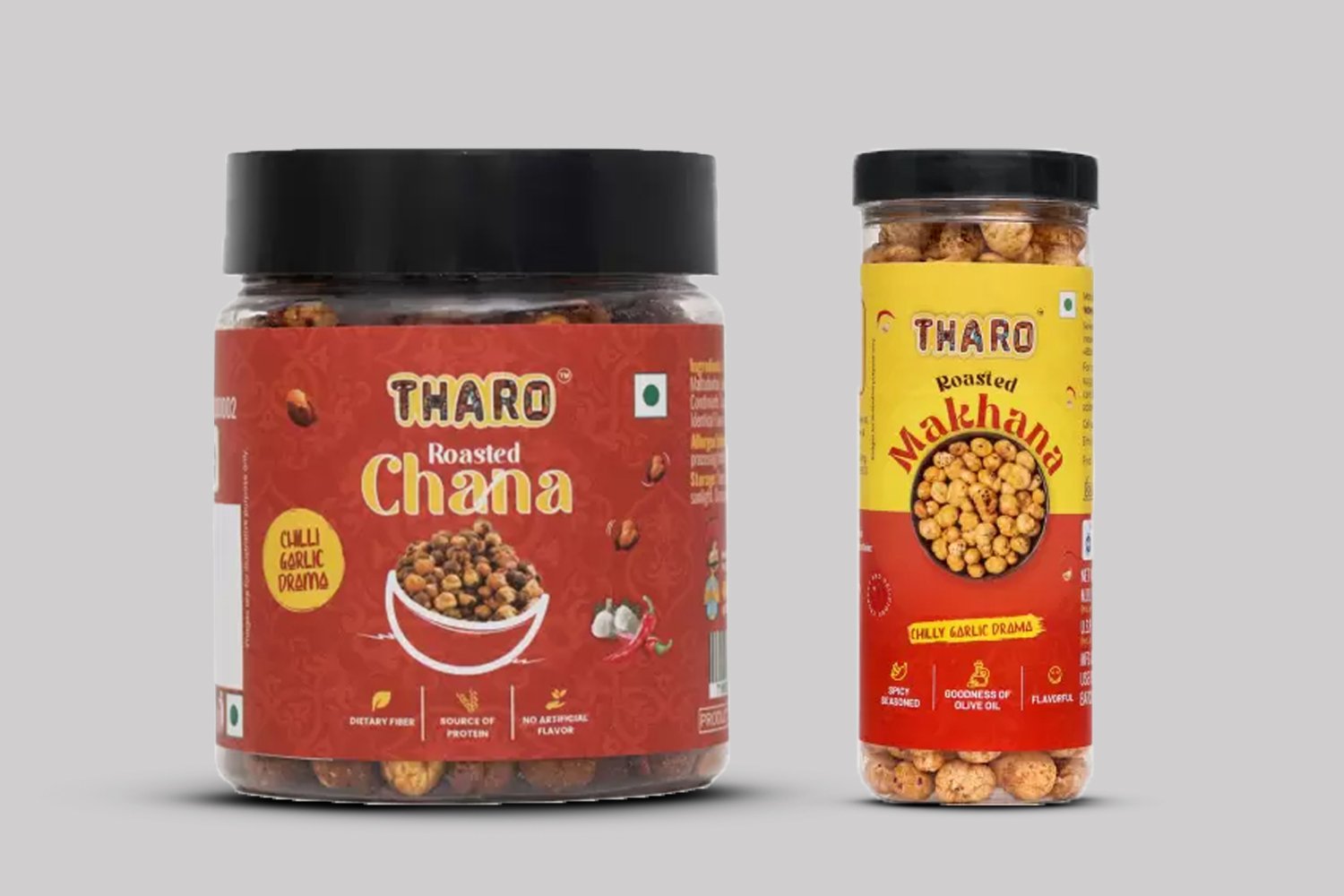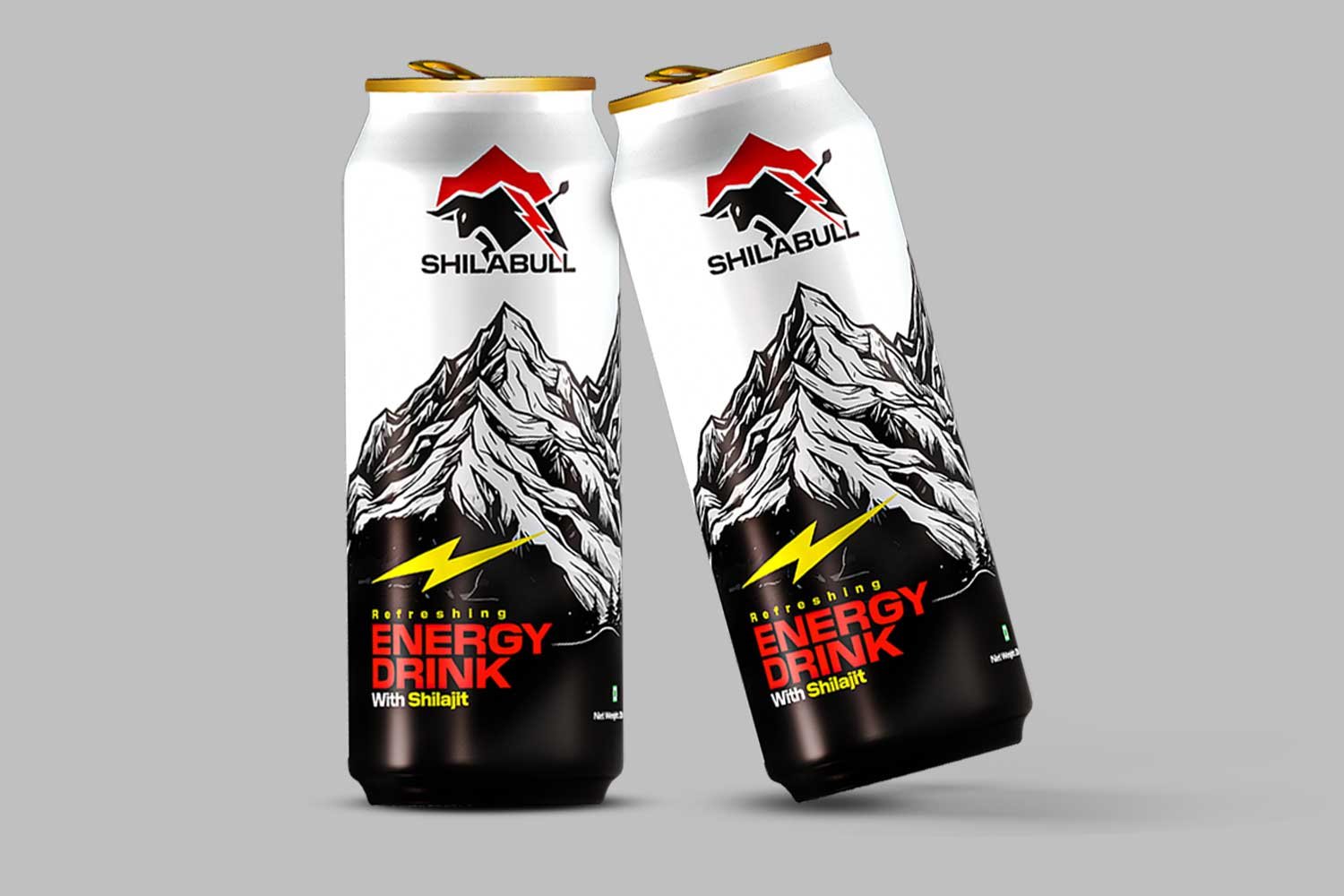Making a new food product used to take forever — sometimes months or even years. But things have changed. People’s food choices are changing super fast, and there’s a lot of competition out there. That’s why food companies are now using something called rapid prototyping in food product development.
It’s a faster, smarter way to try out new food ideas. Now, things have become easy and fast because of rapid prototyping in food product development. It helps brands create samples quickly, test them, fix what’s not working, and launch sooner — all without spending too much money. Whether you’re a new startup with a cool snack idea or a big brand working on the next big thing, rapid prototyping is making food development quicker, easier, and way more exciting.
What Is Rapid Prototyping In Food Product Development?
Before moving forward, let’s have a clear understanding of rapid prototyping. Rapid Prototyping in food industry means quickly creating small-scale batches or mock-ups of a product idea to test its taste, texture, freshness, packaging, and consumer appeal. This means the innovation in the food industry that makes your food product development shine.
Old is not always gold; updating yourself with time is a need of the generation. Unlike the traditional trial-and-error process, this method uses speedy development tools and techniques. This means quick iterations, faster feedback, and better alignment with market needs. Amazing for your food business, right
Let facts speak for themselves. Rapid prototyping is not only a trend in the food industry, but it’s a necessity for modern food dynamics. With around 80% of new food products failing due to poor alignment with consumer preferences, rapid prototyping, and AI-driven development help companies better predict what will succeed, reduce waste, and bring healthier, more sustainable foods to market faster.
It’s like this:
Instead of spending 6–12 months launching a new energy bar, food prototyping lets you get a test version out in 2–4 weeks.
Why the Shift? Global Trends Driving Rapid Prototyping In Food Development
1. Consumer Demands Change Fast
Mintel Research reports that 73% of Canadian consumers like to experience other cultures through food, showing a strong openness to trying new food products and flavors. This research shows a broader global trend of consumers eager to wander around new tastes and food innovations.
Believe this that without a fast prototyping system, companies risk launching products that are outdated by the time they hit the shelves. So, the rapid prototyping in food industry is necessary because consumers’ demands are also changing at a rapid pace.
2. Time-to-Market Is Everything
Seeing the broad competition in today’s food market, being first often beats being perfect. Rapid prototyping in food product development supports a fail-fast, learn-fast approach to food development. It allows brands to test multiple versions of a product in a short span, helping them choose the best one before going full-scale. This can save you and make you the first one to launch something innovative in the market.
3. Cost-Effective R&D
Let’s be real that the traditional food product development is resource-heavy and expensive. Prototyping cuts down on waste, ingredients, and long R&D cycles.
With modern tools like tabletop kitchen equipment, 3D food printers, and small-batch processing machines, brands can create sample versions of new foods quickly and cheaply. These tools let teams test out different food recipes, shapes, and textures without making huge batches or wasting ingredients. This means companies can experiment more, learn faster, and spend less money—all while reducing food waste and shortening the time it takes to bring a new product to market.
How Does Rapid Prototyping Food Industry Work?
Here’s a simplified step-by-step flow:
- Market Research & Ideation: Understand current trends like high-protein snacks or gut-friendly foods. Accurate market research can take you to the sky. To make innovation research and perfect ideation planning requires.
- Food Formulation Trials: Create small prototypes using bench-top equipment. Trials are the step where you can check the flavor, aroma, and everything, and come up with the best.
- Sensory Testing: Run internal and external tasting panels for feedback. Sensory panel gives you a real review, but also, you should also take reviews from consumers who are actually going to be your target audience.
- Refinement: Quickly improve texture, flavor, ingredients, and nutrition. After the review process, work on the gaps and make things perfect with the research and development teams.
- Pilot Launch or Focus Group Testing: Share with a small target audience or retailers.
- Scale-Up: Move to production once the prototype is validated. Here is the perfect time to see the growth on the graph.
This iterative process helps in reducing risk and making evidence-backed decisions. If you want to make an impact in less time, seek expert help for rapid prototyping in food product development Today! Don’t waste the time.
Real-World Examples Of Rapid Prototyping In Action
- Open Meals is using 3D printing to create a digital database of food recipes that can be reproduced anywhere in the world, potentially revolutionizing global food distribution.
- Startups like NotCo and Perfect Day use a combination of artificial intelligence (AI) and rapid prototyping to speed up innovation. NotCo’s AI platform, for example, analyzes thousands of plant ingredients to find the best combinations for taste and texture, while rapid prototyping tools let them quickly create and test new food products.
- Impossible Foods is famous for its plant-based burger, but what’s less known is that the company tested more than 100 prototypes before finalizing its recipe.
Benefits Of Rapid Prototyping In Food Development
| Benefit | Impact |
| Faster Time-to-Market | Launch in weeks instead of months |
| Lower Development Costs | Reduce waste and unused batches |
| Real-Time Consumer Feedback | Quickly adapt to likes/dislikes |
| Greater Innovation Freedom | Test bold ideas with high risks |
| Agile and Scalable Process | Easy to replicate and expand across SKUs or regions |
Technologies Supporting Rapid Prototyping In Food Industry
- 3D Food Printing – Custom shapes, edible layers, and personalization.
- Pilot Plant Systems – Small-scale, production-like environments.
- AI-Based Formulation Tools – Software that suggests smart combinations.
- Digital Twin in Food R&D – Simulations of food reactions & shelf-life.
- Tabletop Food Machines – For bars, powders, beverages, and sauces.
| Technology | Role in Food Prototyping | Example Use Case |
| 3D Printing | Creates complex shapes, textures, and personalized foods | Printing plant-based meats or decorative desserts |
| Artificial Intelligence | Predicts consumer trends, optimizes recipes and speeds up ingredient discovery | AI platforms like Giuseppe for plant-based recipes |
| Computer-Aided Design (CAD) | Designs food shapes and structures digitally before printing | Custom chocolate molds or pasta shapes |
Challenges To Keep In Mind
While the advantages are strong, there are also some challenges that you should keep in mind for the perfect plan execution. A few limitations exist:
- Shelf-life testing can’t be rushed.
- Regulatory approvals (like FSSAI and FDA) still take time.
- Taste and texture may vary at scale.
- Investment in pilot labs or contract food labs might be needed initially.
Still, these hurdles are far fewer than those in traditional food development.
Rapid Prototyping Is Not Just for Big Brands
If you think you are just starting and do not need the rapid prototyping in food or AI innovation in food product development. Let me tell you that you are wrong.
With access to shared food labs, co-manufacturers, and recipe formulation consultants, even small brands and D2C startups can use rapid prototyping or sustainable food development to bring innovation to life. Get ready to see the huge success of your brand with smart integration.
The Future Of Food Belongs To The Fast
For companies still relying on slow, traditional product development methods, it’s important to rethink the process. Rapid prototyping provides a smarter, more efficient path to innovation — one that keeps pace with today’s dynamic food trends and market demands. Rapid prototyping in food industry is not just a passing trend — it’s a major shift in how food products are developed today.
If you’re in the food business and still following the old-school food R&D playbook, it’s time to rethink. Contact Foodsure to stay ahead in the food market. Call us at +91 8130404757
The global food industry is evolving. Are you?
FAQs
How is rapid prototyping different from traditional food development?
Traditional methods take a long time, sometimes a year or more. Rapid prototyping is much faster. You make small test batches, get quick feedback, improve the product, and launch sooner. It saves time and money.
Can small food startups use rapid prototyping too?
Yes, 100%! You don’t need a big setup. Today, small brands can use shared kitchens, hire food experts, or use low-cost machines to test products. It’s affordable and smart for startups.
What kind of food products can use rapid prototyping?
Almost all! But it works best for snacks, drinks, health foods, plant-based items, and new trendy products. If you want to launch fast and test ideas quickly, rapid prototyping is perfect.






